Peat moss is a staple for any garden. However, overuse of these slow-growing garden aids has brought in a dire need to find peat moss alternatives.
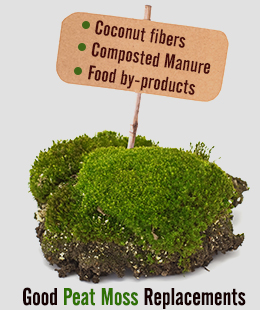
What Not to Use as a SubstituteScientists consider peat bogs to be as fragile and important as the rainforests. Thus, exploiting this valuable flora possesses a valid concern.You have probably seen a large bag of fluffy brown stuff that gardeners use in the gardens. This is known as peat moss.Peat moss takes centuries to form and is harvested from the wetland bogs damaging the environment. In its natural environment, peat heavily contributes by acting as a global cooler, flood preventive method, and as a water purifier. It also absorbs carbon dioxide, locking it up in the plant and turning it into peat. In the process of making natural peat into the packaged product, it is uprooted, distributed, and allowed to decompose.During the decomposition process, it releases the stored carbon dioxide leading to potent greenhouse gas. Thus, many gardeners are choosing to use cheap peat moss substitutes to take care of their gardening needs.Peat Moss Alternatives
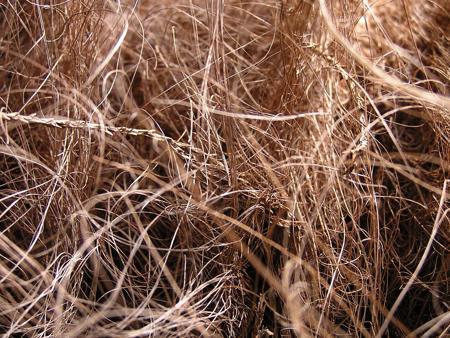
Coconut Fiber/CoirCoir is the outer fibrous husk of the coconut, which is often used to make mats and ropes. During this process, these fibers are stripped out of their pulp. This waste matter can then be used as a replacement for peat moss. You will find coir compressed in small bricks and blocks; these are generally compressed and will expand once moistened. They are ideal for almost any type of plants including heavy feeders such as tomatoes and roses.
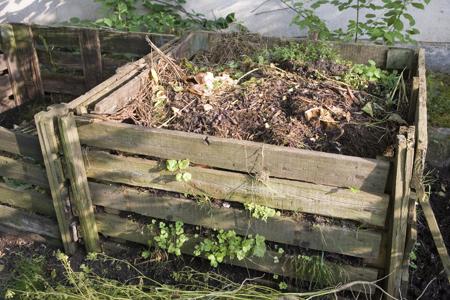
Composted ManureCompost is also called black gold as it boosts the tilth of the soil. It supplies the soil with most of the nutrients it needs, while attracting earthworms and other microorganisms that are beneficial to the soil, enriching it along the way. You can easily find packaged bags of compost at any nursery.
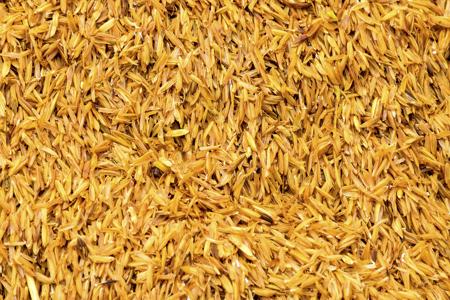
Food By-productsFood by-products are the leftover materials from different ingredients. They come from different ingredients, viz., coco peat, cottonseed, rice, peanut, or corn. They make ideal cottonseed meal, rice hulls, peanut, or ground corn cobs, which can be used as alternatives to peat moss.Rice hulls, for example, are the thin skin off the rice grain, which is extracted during the hull process. They are used on their own or added to potting mixes to lighten the soil. They aid to drain away excess water, while allowing adequate water retention. These too can be found at your local nursery. Mix the rice husks along with compressed coir to get good results.
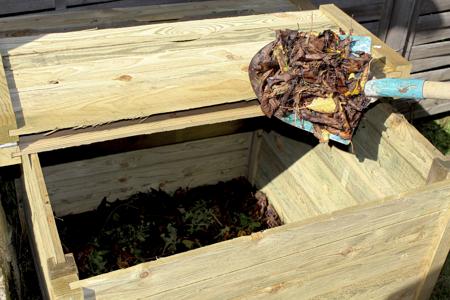
Garden WasteWhy let garden waste such as leaves of pine needles, barks of old trees, branches, etc. go to waste when you can make a very good peat moss replacement out of them? The best part about this substitute is that you can make it at home. All you've got to do is shred the leaves by running a lawnmower over them. Tearing the leaves into bits helps them breakdown into humus faster.Pine needle mulch too helps in amending the soil, while feeding it with beneficial acids that flowering plants such as lilies, marigolds, and rhododendrons thrive on.
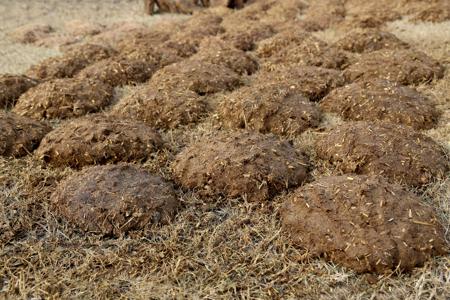
Dairy ManureHorse and dairy manure work miracles on plants when mixed with the bedding. Manure is rich in nitrogen and infused with the fodder, such as alfalfa and salts, that is fed to the animals, further enriching and amending the soil.While you are buying your substitutes, make sure they are organic and chemical-free. This will boost the longevity and health of the soil, thus giving you a lush-green garden.






 What Not to Use as a SubstituteScientists consider peat bogs to be as fragile and important as the rainforests. Thus, exploiting this valuable flora possesses a valid concern.You have probably seen a large bag of fluffy brown stuff that gardeners use in the gardens. This is known as peat moss.Peat moss takes centuries to form and is harvested from the wetland bogs damaging the environment. In its natural environment, peat heavily contributes by acting as a global cooler, flood preventive method, and as a water purifier. It also absorbs carbon dioxide, locking it up in the plant and turning it into peat. In the process of making natural peat into the packaged product, it is uprooted, distributed, and allowed to decompose.During the decomposition process, it releases the stored carbon dioxide leading to potent greenhouse gas. Thus, many gardeners are choosing to use cheap peat moss substitutes to take care of their gardening needs.Peat Moss Alternatives
What Not to Use as a SubstituteScientists consider peat bogs to be as fragile and important as the rainforests. Thus, exploiting this valuable flora possesses a valid concern.You have probably seen a large bag of fluffy brown stuff that gardeners use in the gardens. This is known as peat moss.Peat moss takes centuries to form and is harvested from the wetland bogs damaging the environment. In its natural environment, peat heavily contributes by acting as a global cooler, flood preventive method, and as a water purifier. It also absorbs carbon dioxide, locking it up in the plant and turning it into peat. In the process of making natural peat into the packaged product, it is uprooted, distributed, and allowed to decompose.During the decomposition process, it releases the stored carbon dioxide leading to potent greenhouse gas. Thus, many gardeners are choosing to use cheap peat moss substitutes to take care of their gardening needs.Peat Moss Alternatives